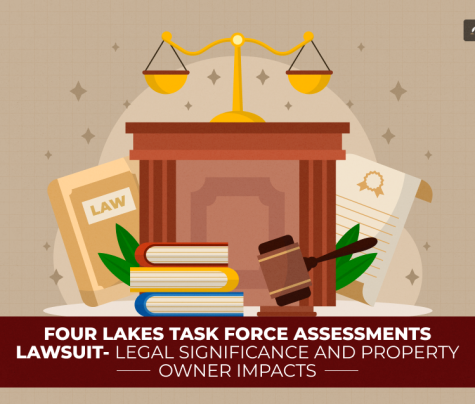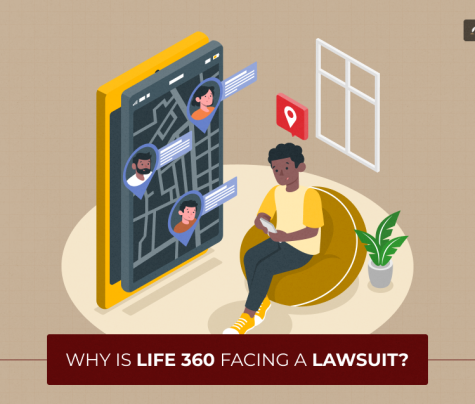
Think of being involved in a car accident that causes you to suffer from emotional scars that interfere with your everyday activities in addition to physical injuries. It goes without saying that people are constantly looking for strategies to win car accident claim cases.
According to the National Highway Traffic Safety Administration, every year, millions of individuals sustain injuries in auto accidents, many of which result in severe pain and suffering.
For this reason, anyone wishing to receive just compensation for their injuries and mental distress must comprehend pain and suffering claims in car accidents.
I’ll go into more detail about that in this blog post. This article thoroughly explains your legal rights and the procedures for filing a claim for pain and suffering.
This article will discuss what constitutes pain and suffering, the legal rights surrounding these claims, the calculation of damages, the process of filing a claim, typical obstacles, the function of personal injury attorneys, actual case studies, and advice on maximizing your claim.
So, keep reading to know more…
Understanding Pain and Suffering
Pain and suffering refer to the physical and emotional distress experienced by an individual following an injury. This encompasses:
- Physical Pain and Discomfort: The immediate and long-term pain resulting from injuries such as broken bones, nerve damage, and other physical ailments.
- Emotional and Psychological Impact: Mental anguish, anxiety, depression, and loss of enjoyment of life that accompany physical injuries.
Examples:
- In addition to months of physical therapy and discomfort, a car accident victim with a broken leg may experience psychological trauma from reliving the accident and anxiety when driving again.
- A spinal injury can result in loss of mobility and independence, which can lead to chronic pain and depression in the injured person.
Car Accident Claim: Legal Rights Related to Pain and Suffering

Anyone injured in a car accident due to another party’s negligence can file for pain and suffering claims. For instance, this includes drivers, passengers, pedestrians, and bicyclists.
Legal Framework:
- Statutes and Legal Precedents: Laws vary by jurisdiction, but most states allow pain and suffering claims as part of personal injury lawsuits.
- Comparative Negligence Rules: In some states, if you are partially at fault for the accident, your compensation may be reduced proportionally to your level of fault.
This is the time limit within which you must file your claim. Additionally, it varies by state but typically ranges from one to three years from the date of the accident.
Calculating Pain and Suffering Damages
Let me explain how you can calculate your car accident claim related to pain and suffering damages and demand the right amount:
Methods of Calculation:
Firstly, you must be aware of how to calculate the claims that you are planning to make. Here are teh two methods that you must know about:
- Multiplier Method: This involves multiplying your actual damages (medical bills, lost wages) by a number typically between 1.5 and 5, depending on the severity of the pain and suffering.
- Per Diem Method: This assigns a daily rate to your pain and suffering and multiplies it by the number of days you are impacted.
Factors Influencing the Calculation:
Secondly, you must know exactly what factors would impact the claim amount. Here are some of them:
- Severity and Nature of Injuries: More severe injuries generally lead to higher pain and suffering damages.
- Impact on Daily Life and Activities: The more significant the disruption to your daily life, the higher the compensation.
- Duration of Recovery: Longer recovery times usually result in higher pain and suffering awards.
Documentation Needed: Essential documents include medical records, therapy notes, and personal diaries detailing your pain and emotional distress.
The Claim Filing Process
While you claim the damage compensation, there is a particular process that you must follow. Here are the steps that you need to take:
Initial Steps:
- Reporting the Accident: Notify the police and your insurance company immediately after the accident.
- Seeking Medical Attention: Get medical help right away to document your injuries.
Gathering Evidence:
- Medical Records: Document all treatments and their costs.
- Witness Statements: Collect statements from those who witnessed the accident.
- Accident Reports: Obtain a copy of the police report.
Filing the Claim:
- Working with Legal Professionals: Consult a personal injury lawyer to guide you.
- Negotiating with Insurance Adjusters: Present your claim and negotiate for a fair settlement.
Challenges and Obstacles
Only some things will fall into place easily. That is why you must know about the common obstacles that you might have to face when you are dealing with car accident claims:
Common Challenges:
- Proving the Extent of Pain and Suffering: Emotional and physical pain is subjective and can be hard to quantify.
- Dealing with Insurance Companies: Insurers may downplay your pain and suffering to minimize payout.
Overcoming Obstacles:
- Legal Representation: A skilled personal injury lawyer can help substantiate your claim and negotiate effectively.
- Adequate Documentation and Evidence: Detailed records and evidence can strengthen your claim.
The Role of Personal Injury Lawyers

Consulting with a personal injury lawyer can be invaluable when pursuing a pain and suffering claim in a car accident case. These legal professionals can:
- Provide Expert Guidance: Personal injury lawyers have extensive experience evaluating the merits of pain and suffering claims and can advise you on the best course of action.
- Assess the Value of Your Claim: Lawyers can help you determine the appropriate compensation for your pain and suffering, taking into account the unique circumstances of your case.
- Negotiation and Litigation: If necessary, personal injury lawyers can represent you in negotiations with insurance companies, and if a settlement cannot be reached, you can pursue your claim through the court system.
- Case Evaluation: Lawyers can assess the value of your claim based on their experience and knowledge of similar cases.
Real-Life Case Studies: Example of a Successful Claim
South Eastern Railway Train Incident:
Background: The Claimant was involved in a West Wickham Railway Station incident on 10 April 2015. While alighting from a train, the door closed on her without warning, trapping her backpack.
The train began to leave the station, dragging the Claimant along until her backpack gave way. As a result, it caused her to fall underneath the train.
Several carriages ran over her, resulting in severe injuries. For instance, it included a below-the-knee amputation of her left leg and extensive injuries to her right leg and upper body.
Steps Taken: The Claimant sent a letter of claim to the railway company shortly after the accident.
Although liability was not admitted until April 2018, the Defendant entered the Rehabilitation Code, providing extensive rehabilitation for the Claimant.
Additionally, medico-legal evidence was gathered in various fields, including orthopedics, plastic surgery, psychiatry, and more.
Outcome: Settlement was reached on 18 March 2020 for £4,500,000.
Source: https://www.cwj.co.uk/site/individualservices/personalinjury/pi-case-studies/
Tips for Maximizing Your Claim
Documentation: Keep detailed records of all medical treatments, pain, and emotional distress.
Consistency in Treatment: Follow all medical advice and maintain consistent treatment to show the ongoing impact of your injuries.
Communication: Regularly contact your lawyer to ensure all aspects of your claim are covered.
Patience and Persistence: Understand that the claims process can be lengthy and requires perseverance.
Conclusion
For several reasons, understanding and pursuing pain and suffering claims in car accidents is essential. Most importantly, it helps secure fair compensation for an accident’s physical and emotional toll.
By knowing your legal rights, documenting your experiences, and seeking professional guidance, you can navigate the complexities of the claims process and achieve the best possible outcome.
Read More…
- Car Accident Lawyer In Boston Massachusetts
- Philadelphia Car Accidents: Know Your Legal Options
- How Long After A Car Accident Can Injuries Appear?











0 Reply
No comments yet.